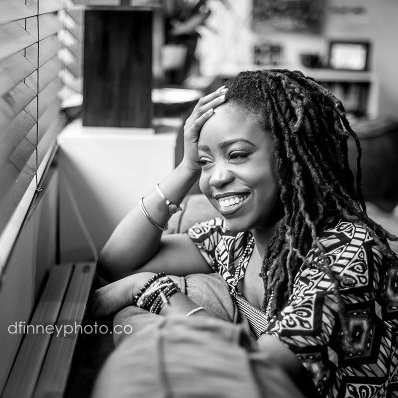
Historically, the hijab has been worn by Muslim women as a symbol of modesty, privacy and morality. Over time, the hijab became not only symbolic of Islamic ideology, but also of Islamic culture. It emerged as a symbol of pride, respect, oppression, empowerment and religious freedom.
However, the hijab has also garnered attention more recently as a fashion statement. The Italian fashion house Dolce & Gabbana just launched a line of hijabs and abayas in the label’s signature, playful and theatrical aesthetic. The collection, which is exclusively sold in the Middle East, London and Paris, has been called the brand’s “smartest move in years.”
The collection features superluxurious, impeccably-designed pieces with intricate and ornate detailing. A (non-Muslim) model accessorizes the abayas and hijabs with oversized sunglasses, cocktail rings, stilettos and statement bags. And while the news was covered by several fashion powerhouses from Vogue to Allure and Elle, the biggest win is in how much revenue this will bring in for the company.
Inclusiveness can, and often does, make financial sense for companies with an eye on the global marketplace. High-end fashion is positively booming in the Middle East, and it is reported that sales of personal luxury goods in the Middle East hit $8.7 billion in 2015 — up from $6.8 billion the year before. Tapping into this market is proving to make good business sense for the brand. It is also a move that might inspire other international fashion houses to follow suit.
Women from wealthy oil states have long expressed their flair for fashion with expensive handbags and shoes, while wearing their hijabs. Many of these women are already consumers of designer apparel, often wearing brands including Dolce & Gabbana head-to-toe underneath their modest abayas, viewable in the privacy of their homes or among other women.
While many applaud the company for catering toward Muslim women, the collection has received mixed reviews. Some criticize the brand for using a model that isn’t Arab and say that, by doing this, it missed an opportunity to challenge traditional beauty standards. While others argue that it offers a more inclusive statement about Muslim dress in general. A statement that anyone can dress conservatively in traditionally Muslim attire, and every Muslim — whether she is white, black, brown or green -- can wear an abaya and a hijab and look fashionable.
Dolce & Gabbanna is not the only brand that is profiting from inclusion. It’s actually a growing trend. H&M-owned womenswear brand &Other Stories, from Sweden, cast transgender models in a campaign for its August 2015 capsule collection. The campaign’s creative team – including the stylist, makeup artist and photographer – were also transgender.
H&M also gained headway for featuring its first hijab-wearing model in a campaign video called “Close the Loop." Several other major fashion brands have also begun specifically targeting Muslim customers including Oscar de la Renta, DKNY and Tommy Hilfiger. Net-a-Porter introduced a special "Ramadan edit" and Uniqlo recently collaborated with fashion blogger Hana Tajima on a collection of modest clothing, including hijabs.
As the CEO of Haute Hijab, Melanie Elturk, stated in an article for Elle magazine, “Muslims (in this case Muslim women) are a thriving, fully-functioning and active segment of society who deserve to be acknowledged and heard.” Dolce & Gabbana is a part of a growing number of brands that are proving that inclusiveness pays.
Image credits: Dolce & Gabbana

Joi M. Sears is the Founder and Creative Director of Free People International, a social enterprise which specializes in offering creative solutions to the world's biggest social, environmental and economic challenges through the arts, design thinking and social innovation.














